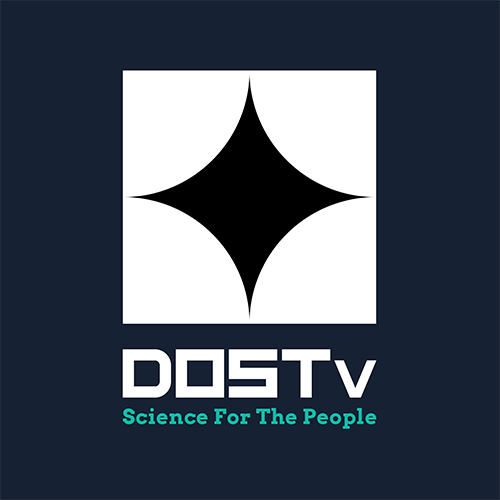- Details
The color sorter technology for rice has really paved the way for increased productivity of our current facility,” said Leonard M. Garcia who started his rice mill business with his wife on January 20, 2005. “Before the intervention of the Department of Science and Technology, we were able to produce 40 percent good quality commercial rice and the other 60 percent graded as ‘slight’ by rice traders,“ he quipped.
The color sorter technology is intended to improve the commercial rice productivity and quality. In Garcia’s rice mill, the facility was finally installed last September 2, 2013. The firm is one of the Small Enterprise Technology Upgrading Program (SETUP) beneficiaries in the 2nd district of Oriental Mindoro for the current year and got the biggest allocation in the province for equipment upgrading since 2004. The technology is also the first ever to be established successfully in the southern part of the province.
Read more: Color sorter technology increases rice productivity for rice traders
- Details
The Department of Science and Technology (DOST) has embarked on a partnership with Microsoft Philippines to conduct the 12th edition of Imagine Cup, an annual student competition of software applications addressing national problems in health, education, e-government, and others, as DOST’s Information and Communications Technology Office (ICTO) continues to support local talents in the industry.
To be held in April 2014, Imagine Cup aims to encourage schools to institutionalize ICT-enabled innovation initiatives in their respective campuses in order to become hubs for ideas that will help solve real-life problems.
Read more: DOST-Microsoft tie up for Imagine Cup to boost support for Pinoy software developers
- Details
From paper, cordage, furniture and handicraft industries to other materials, the uses of abaca have scaled-up to the higher end. Now abaca can be used as material for natural fiber-reinforced plastic composite material to replace some parts of cars.
And, wait, there’s more. The Department of Science and Technology (DOST)’s Industrial Technology Development Institute (ITDI) informed other potential use of abaca such as material for better roofing material for public utility jeepneys because of its lower heat conductivity. This means that abacakeeps inside temperature cooler, making it suitable for the country’s tropical warmth and humidity.
Read more: DOST says abaca fiber can help speed up car industry

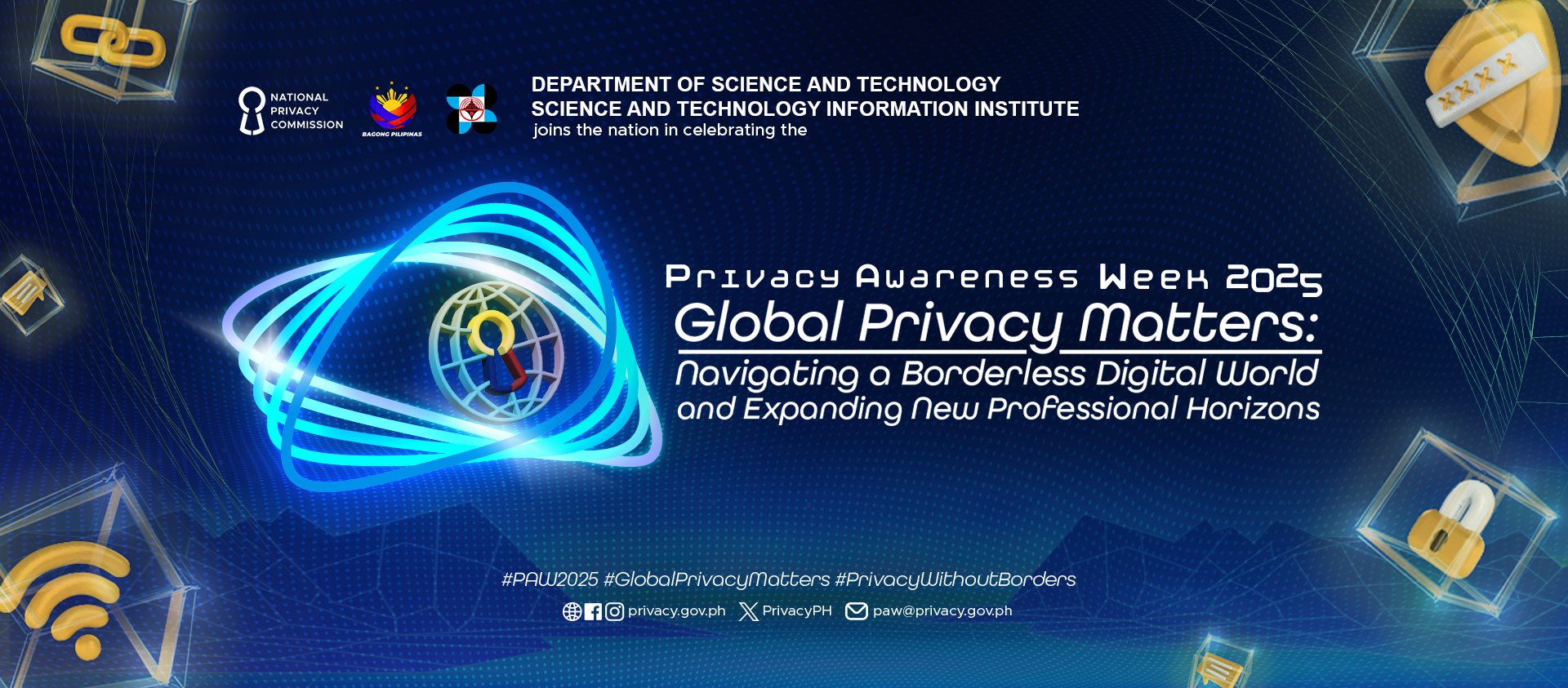
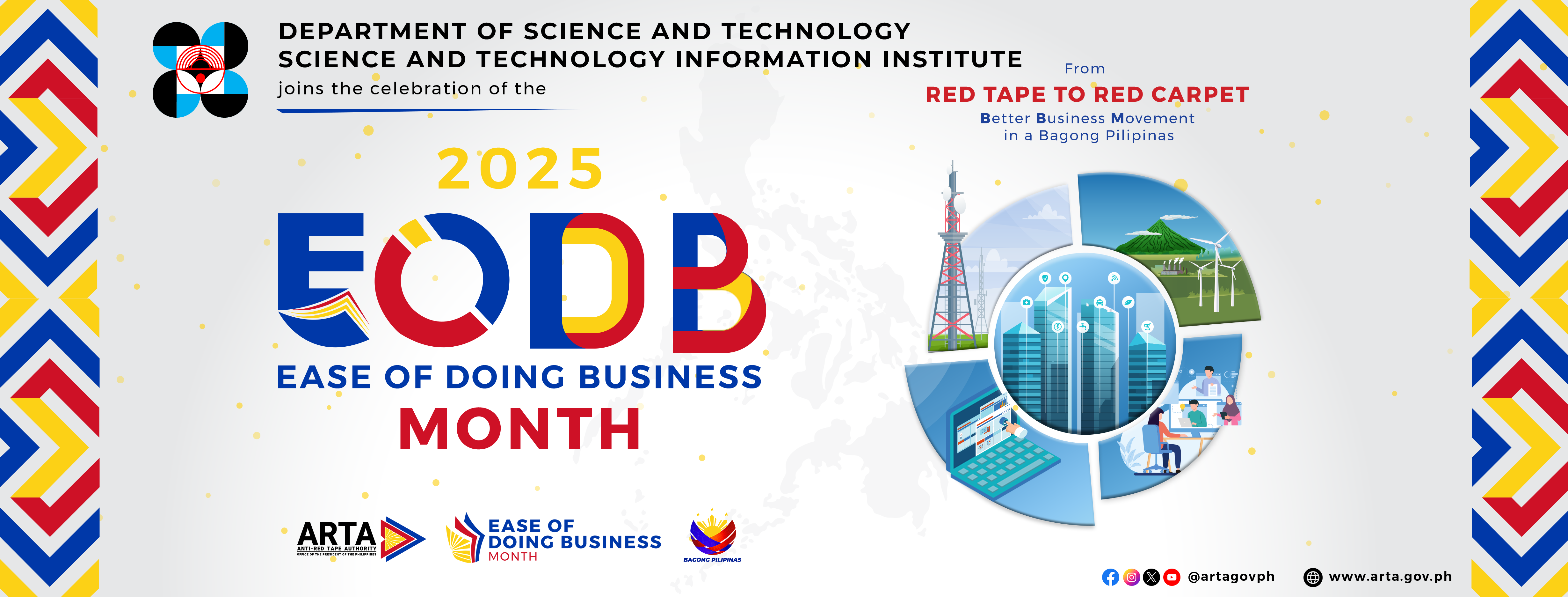
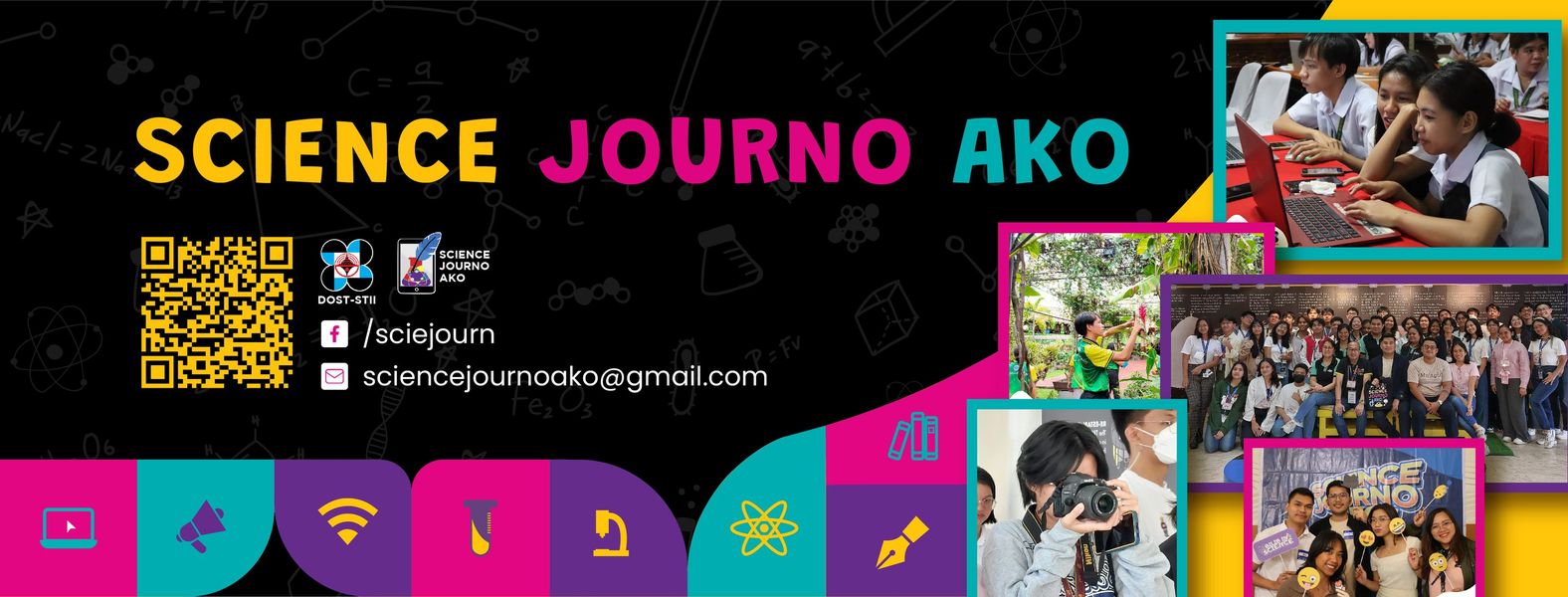
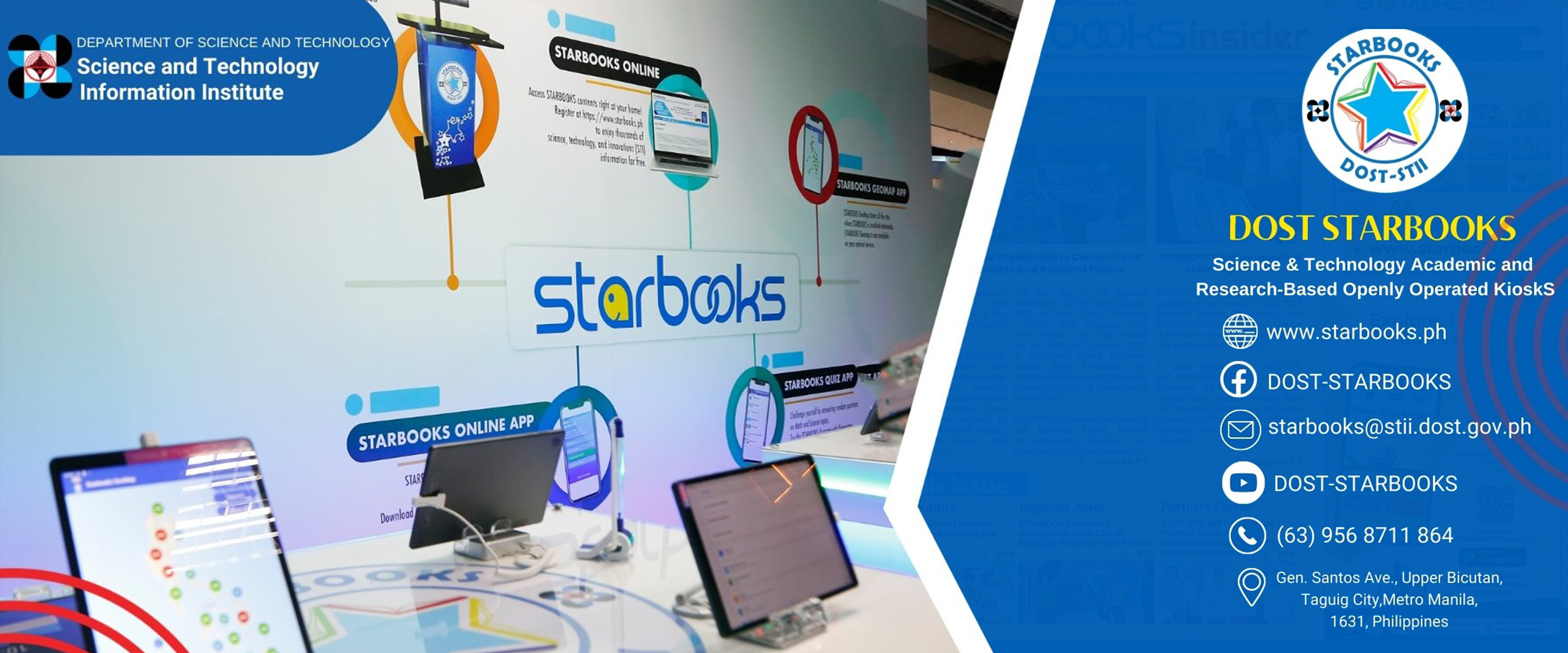
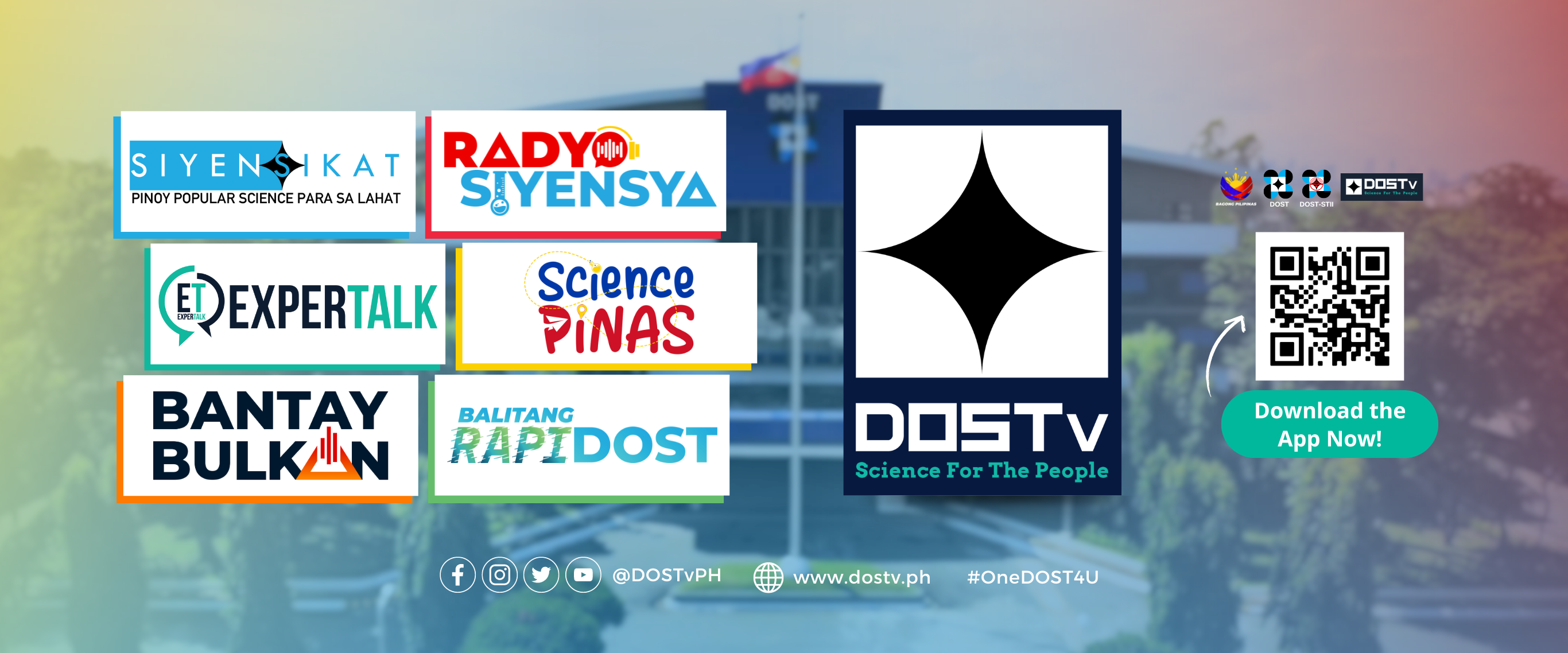

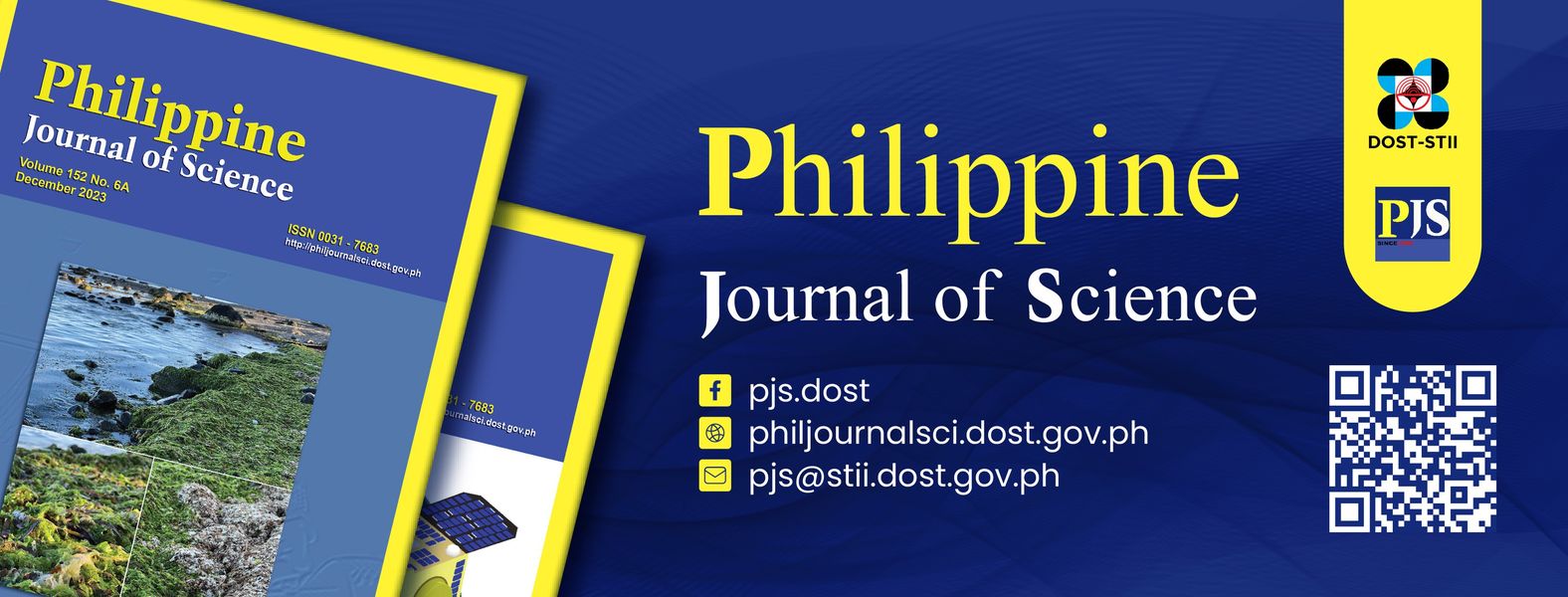
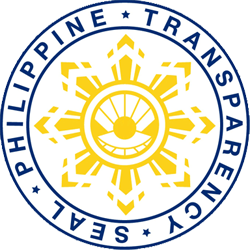
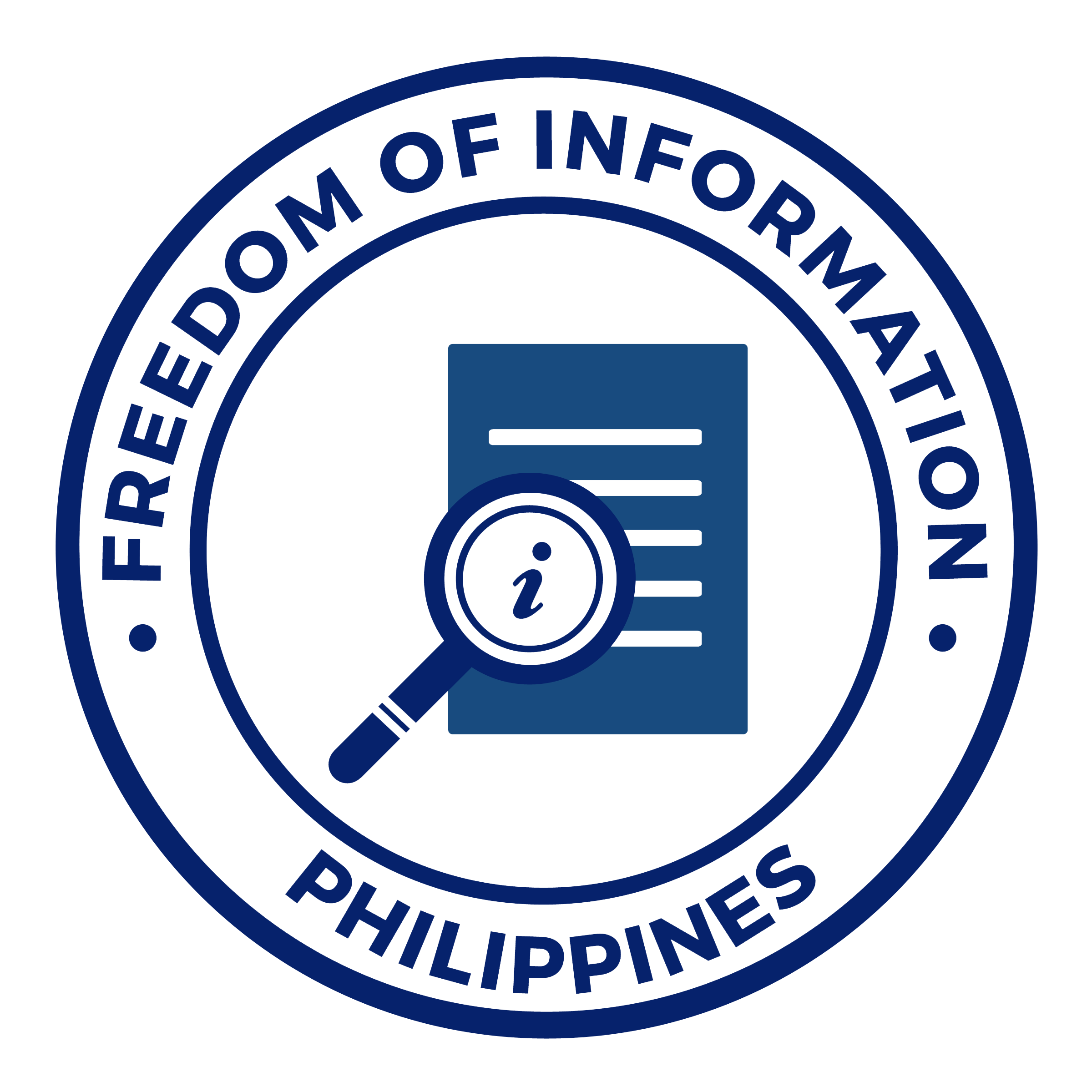


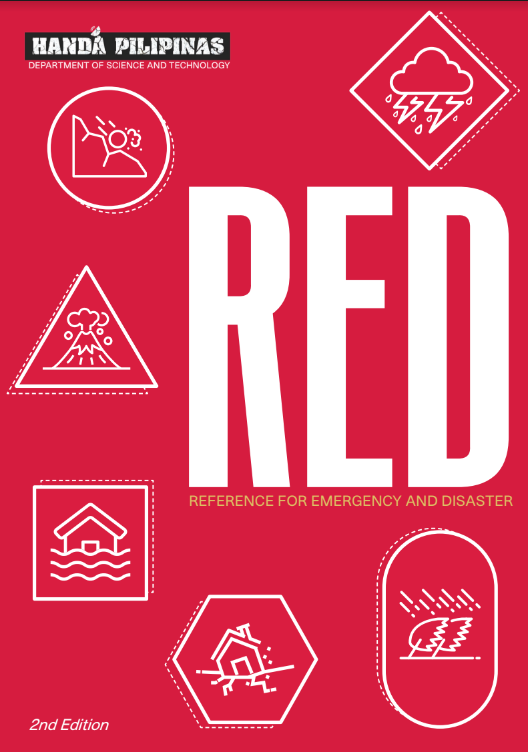
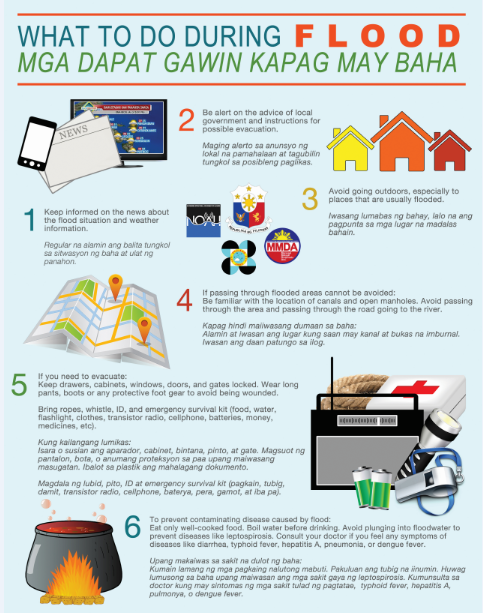
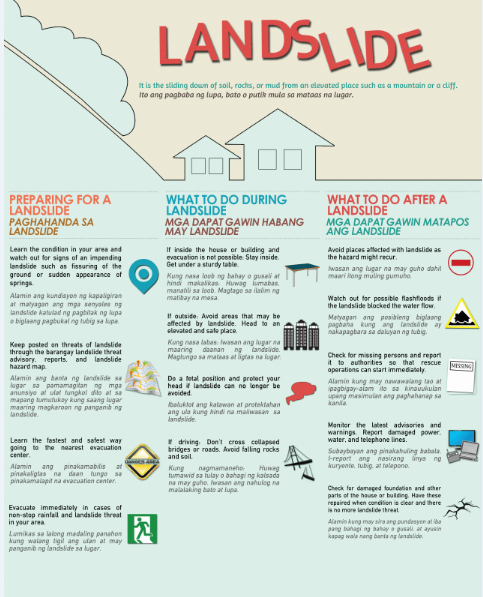
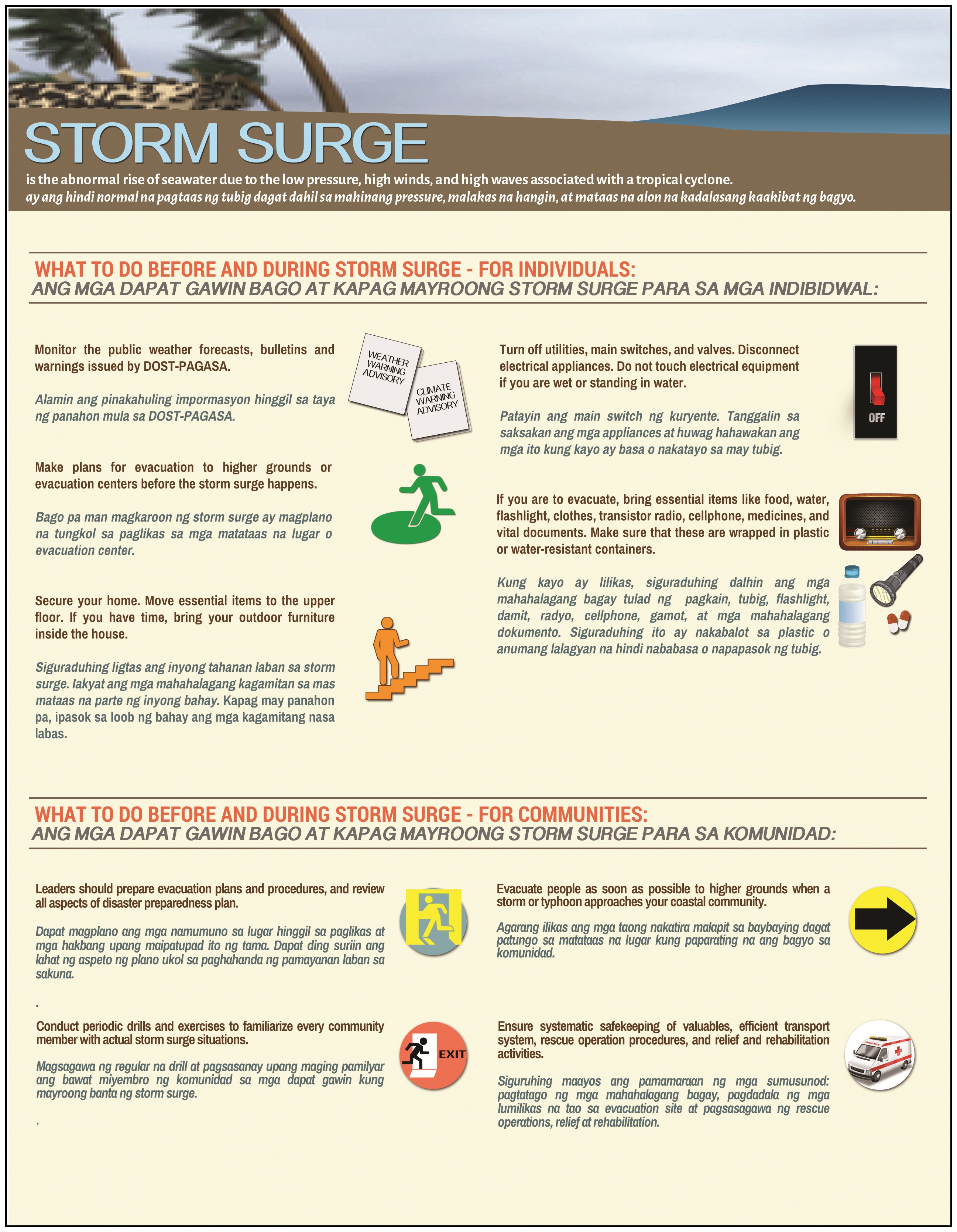
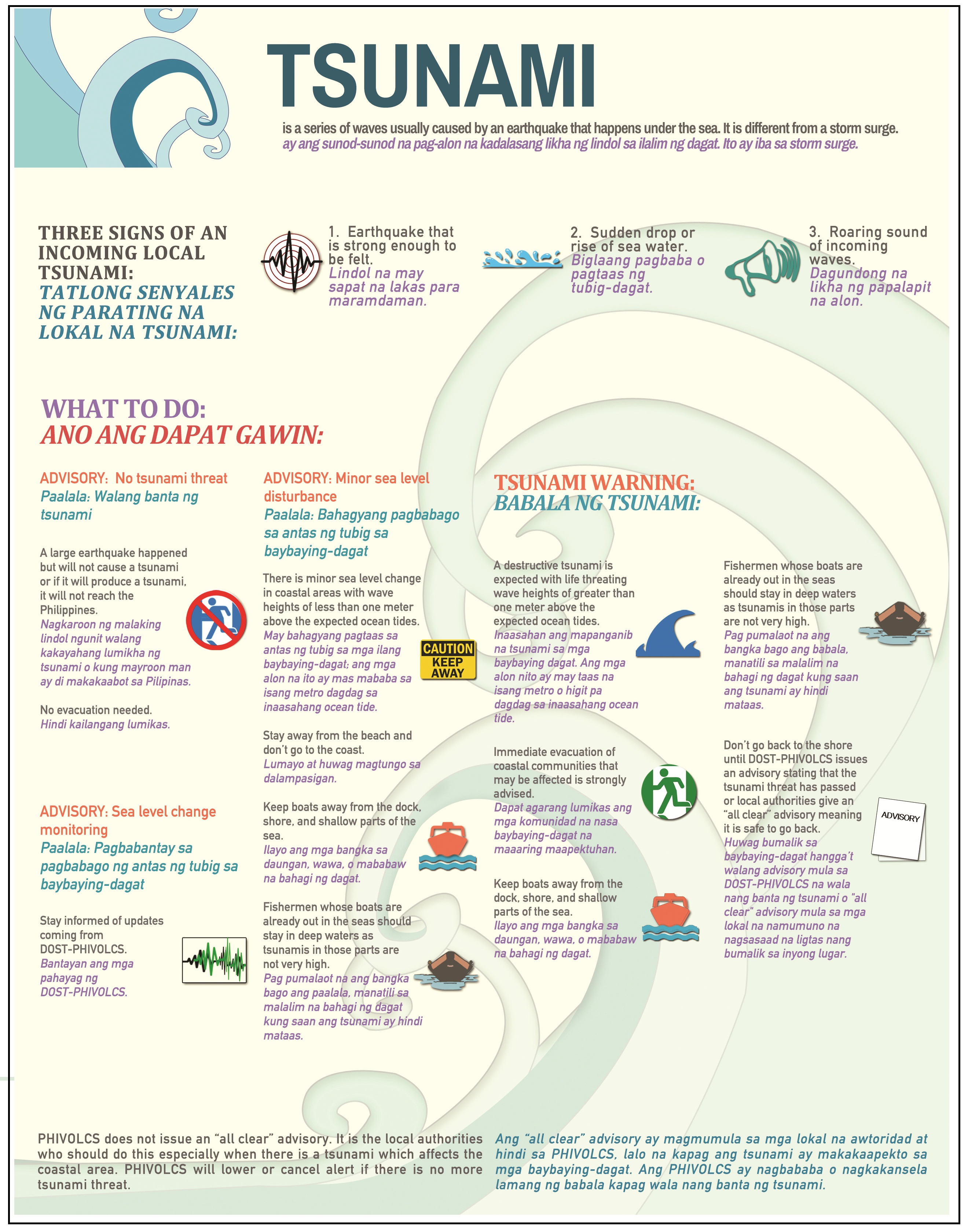
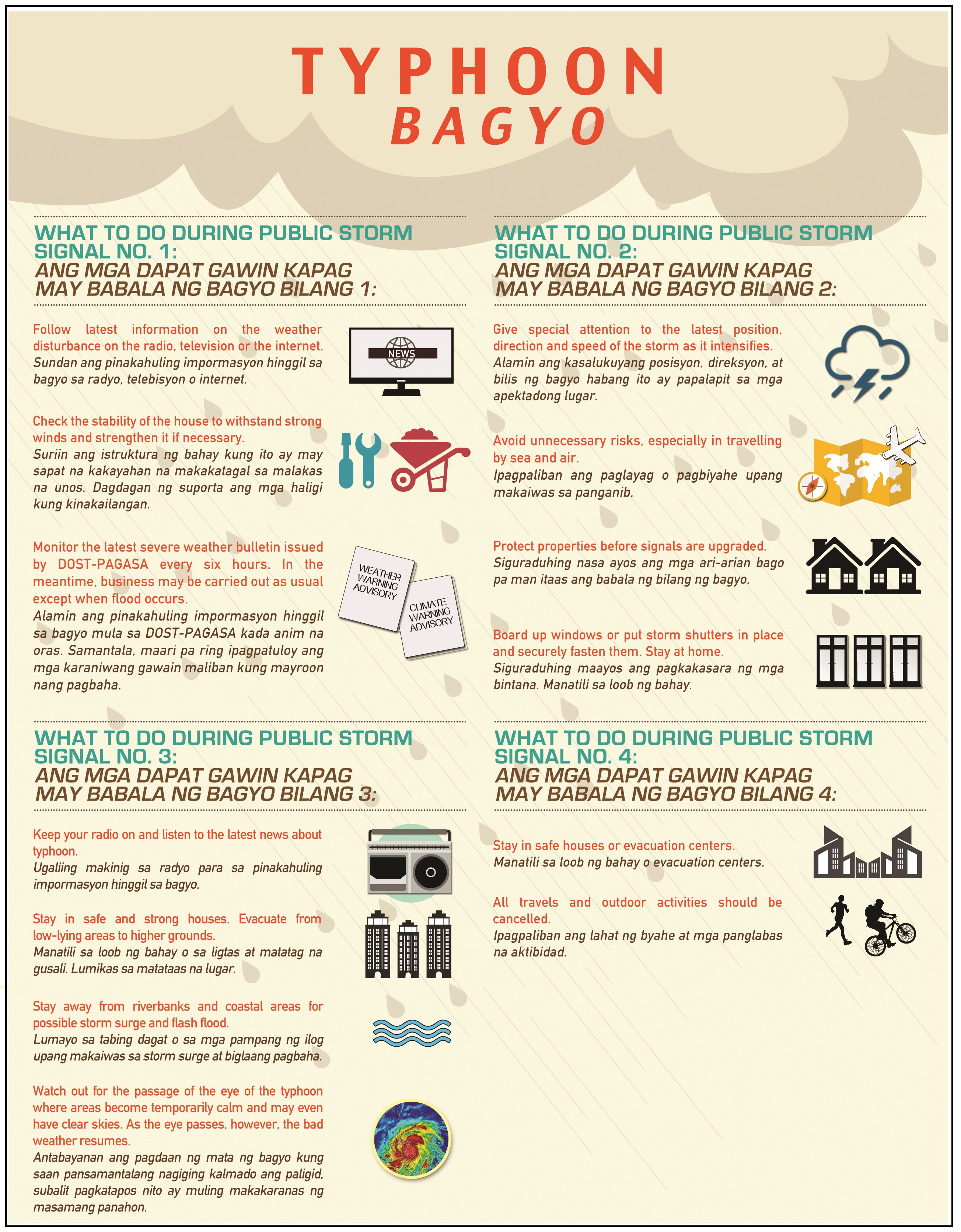
 21 in 2021 Technology Catalogue
21 in 2021 Technology Catalogue 21 in 2021 Technology Catalogue
21 in 2021 Technology Catalogue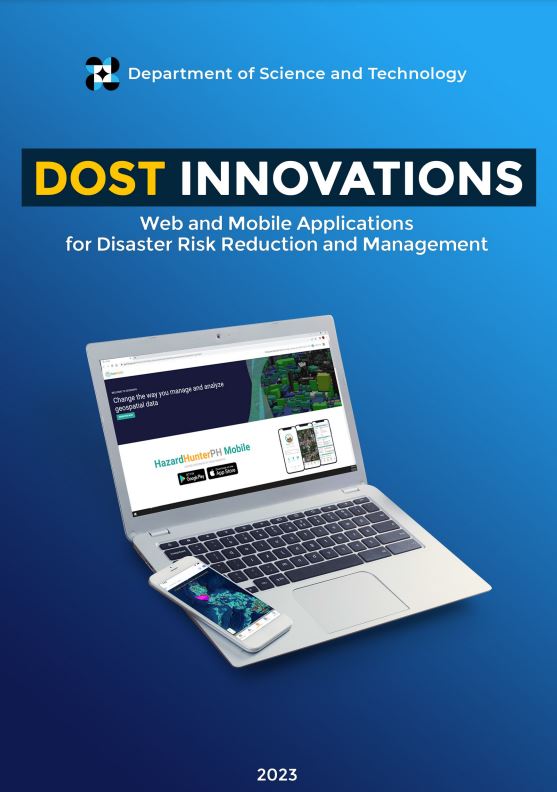 DOST Innovations - Web and Mobile Applications for Disaster Risk Reduction and Management
DOST Innovations - Web and Mobile Applications for Disaster Risk Reduction and Management